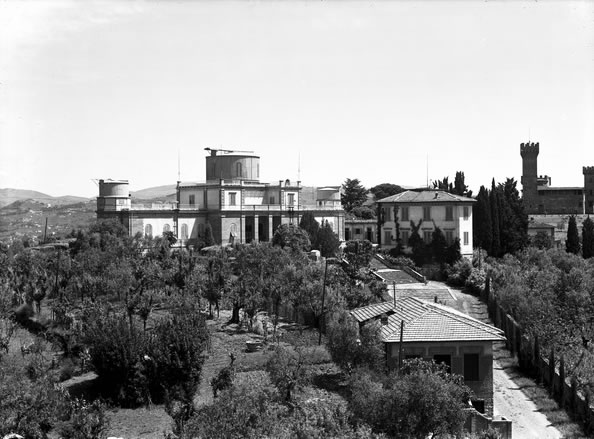
The first decades of the 20th century were characterised by a true revolution in the principles of physics; the same astronomy had undergone a transformation that pushed it to accommodate the new ideas. The determination of the morphology and of the kinematics of the celestial bodies became aligned with research of their structure, of their composition and of mechanisms of production of energy in the stars. In this evolution from positional astronomy to astrophysics Giorgio Abetti (1882 - 1982) had a particularly active role. He was the son of Antonio, whom he followed in the direction of the Observatory at Arcetri. He conducted research in various American observatories right during the years in which new and powerful telescopes were constructed. Thanks to the collaboration of the astronomers overseas, and to their scientific and financial support, in 1925 the first Solar Tower in Europe was able to be completed at Arcetri. It concerns a particular type of telescope that allowed for the study of the Sun, breaking down the light radiation into the colours of its composition. With the birth of the University of Florence, that was set on the same hill at the beginning of the 1920s, the observatory had a fertile interaction with the Institute of Physics.
